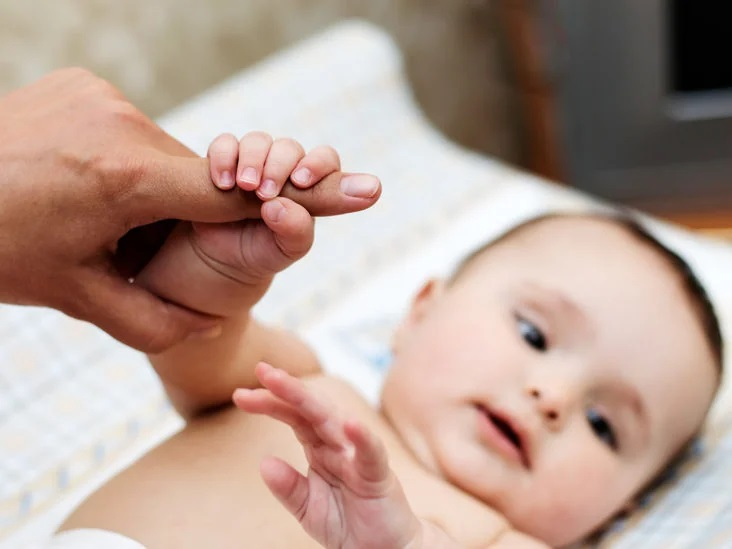Palmar Grasp Reflex
The palmar grasp reflex is a characteristic behavior of human infants. It develops as early as 16 weeks of gestation when the fetus starts to grasp the umbilical cord inside the mother's womb. Early studies revealed that human infants could hang by their hands from a horizontal rod for at least 10 seconds while supporting their own weight by using their grab reflex.
The palmar grab reflex is unique in that it is more of a vestigial habit than a vestigial trait. When a finger or other comparable object is placed in the palm of an infant, up to 37% of them are able to grab it with enough force to support their own body weight if they were hanged. On a baby's foot, a similar gripping motion may be seen. Typically, these actions continue up to the age of four or five months.
This vestigial habit might have been useful to our hairier ancestors. Infant monkeys, which also exhibit an automatic gripping behavior, were able to hang from one hand for a period of time more than 30 minutes. However, because humans evolved out of an arboreal lifestyle and lost their body's coat of fur, they apparently no longer need that stronghold. Some experts believe that, despite its weakened state and loss in the first few months of life, the human palmar grasp reflex may still have significant roles to play.










